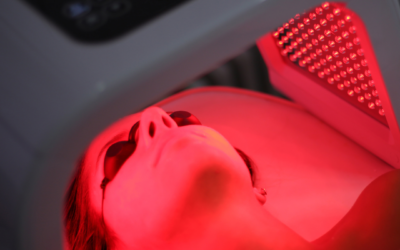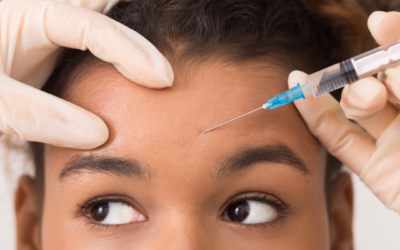
Vitiligo is likely a skin disorder you may have never heard of. That’s a direct result of just how rare it is. Vitiligo affects less than 2% of the world population, but it greatly affects the life of those who have the disease, both physically and emotionally.
What is vitiligo?
Vitiligo causes areas of the skin to lose all its pigmentation (melanin) and become white. It can occur anywhere on the body, but is most common around the eyes and mouth, fingers and toes, elbows, knees and lower back. While vitiligo can have a sudden onset, this skin disorder usually slows or stops overtime but the loss of pigmentation is permanent.
Who can develop vitiligo?
All races and genders can develop vitiligo. It is important to note that vitiligo can develop at any age, not just at birth. A majority of individuals with vitiligo begin seeing pigment loss before the age of 20.
Does vitiligo affect skin of color differently?
As a skin disorder, vitiligo acts the same way in all skin types, however, the loss of pigmentation is more noticeable in people with darker skin tones.
What causes vitiligo?
Vitiligo is caused by the destruction of melanocytes, which are cells in the skin that produce pigment. While it is unknown why these melanocytes die, it is believed to be a result of multiple factors, including genetics, stress, and autoimmunity. Patients with vitiligo often have a personal or family history of autoimmune diseases.
Skin care for vitiligo
If you suffer from vitiligo, the white areas of your skin are extremely sensitive to the sun. While you need to protect all areas of your skin from UV damage, it is particularly important to protect these areas. You can do so by minimizing sun exposure with wide-brimmed hats, sun-protective clothing, regular use of sunscreen, and by avoiding long durations of intense sun exposure.
Can vitiligo be treated?
Like most autoimmunue diseases, to date, we do not have a cure for vitiligo. However, there are treatments that can improve skin color. There are several treatments that attempt to repigment the skin. If the depigmented areas are small, topical medications may be recommended. For more widespread areas, light therapy may be more effective.
Individuals who fail these therapies or have large areas of vitiligo may consider depigmenting or “bleaching” the unaffected skin through the use of a prescription cream. The depigmentation process is permanent, and areas of normal skin will appear the color of the areas affected by vitiligo.
Skin Struggles?
If you are struggling with vitiligo, or any other skin concern, and don’t know where to turn, our board-certified dermatologists at Forefront Dermatology are here to help. Find a dermatologist near you today.





